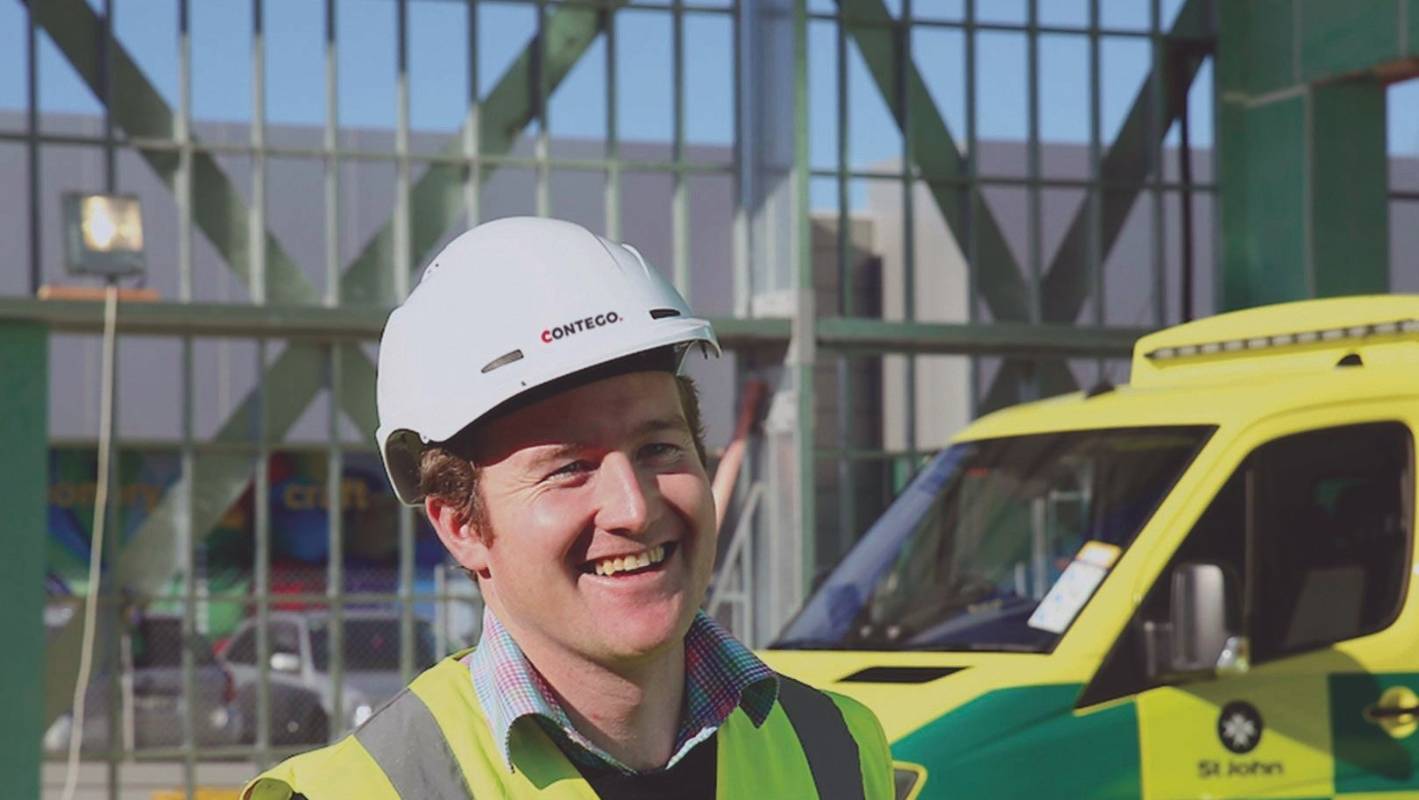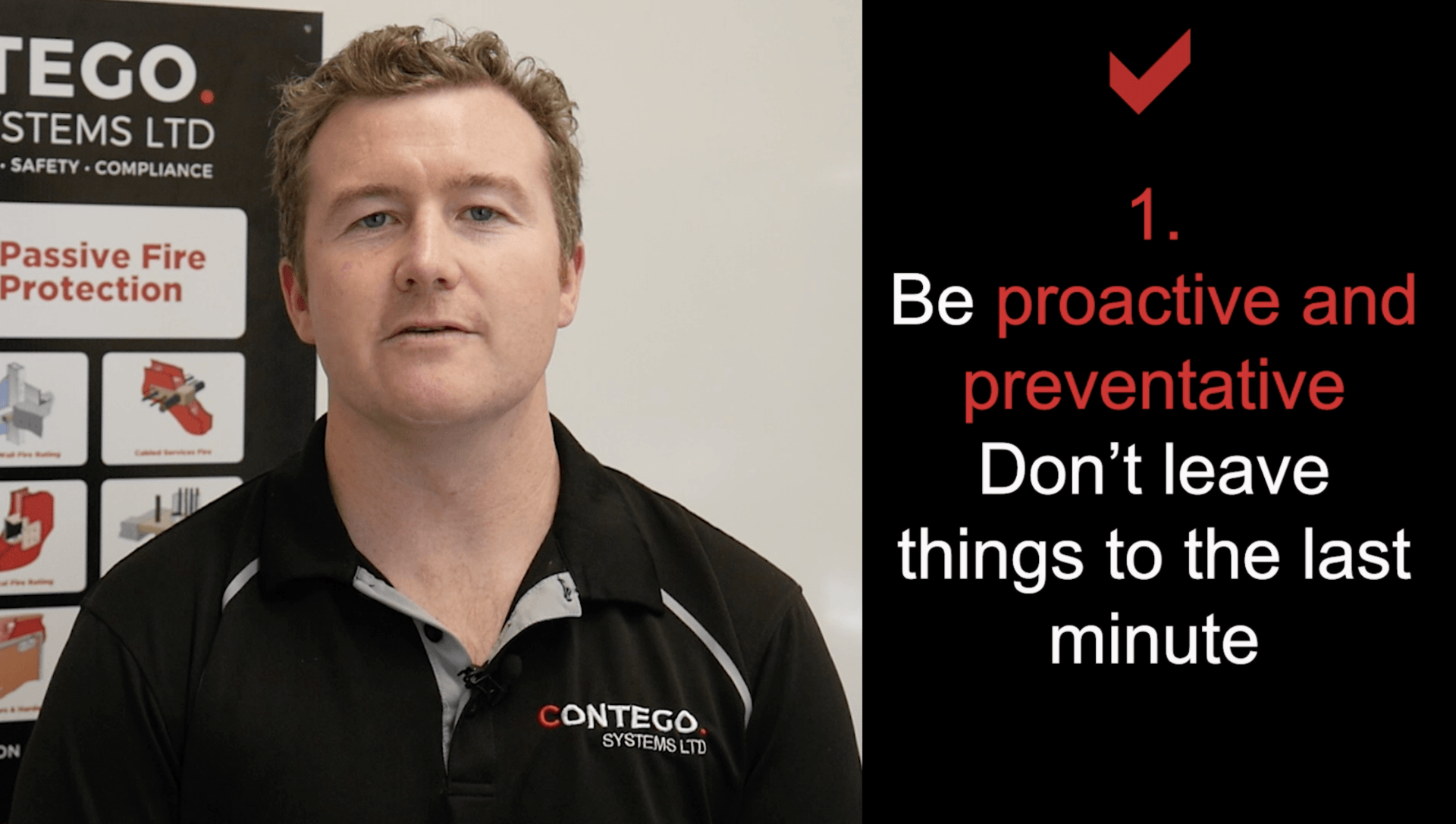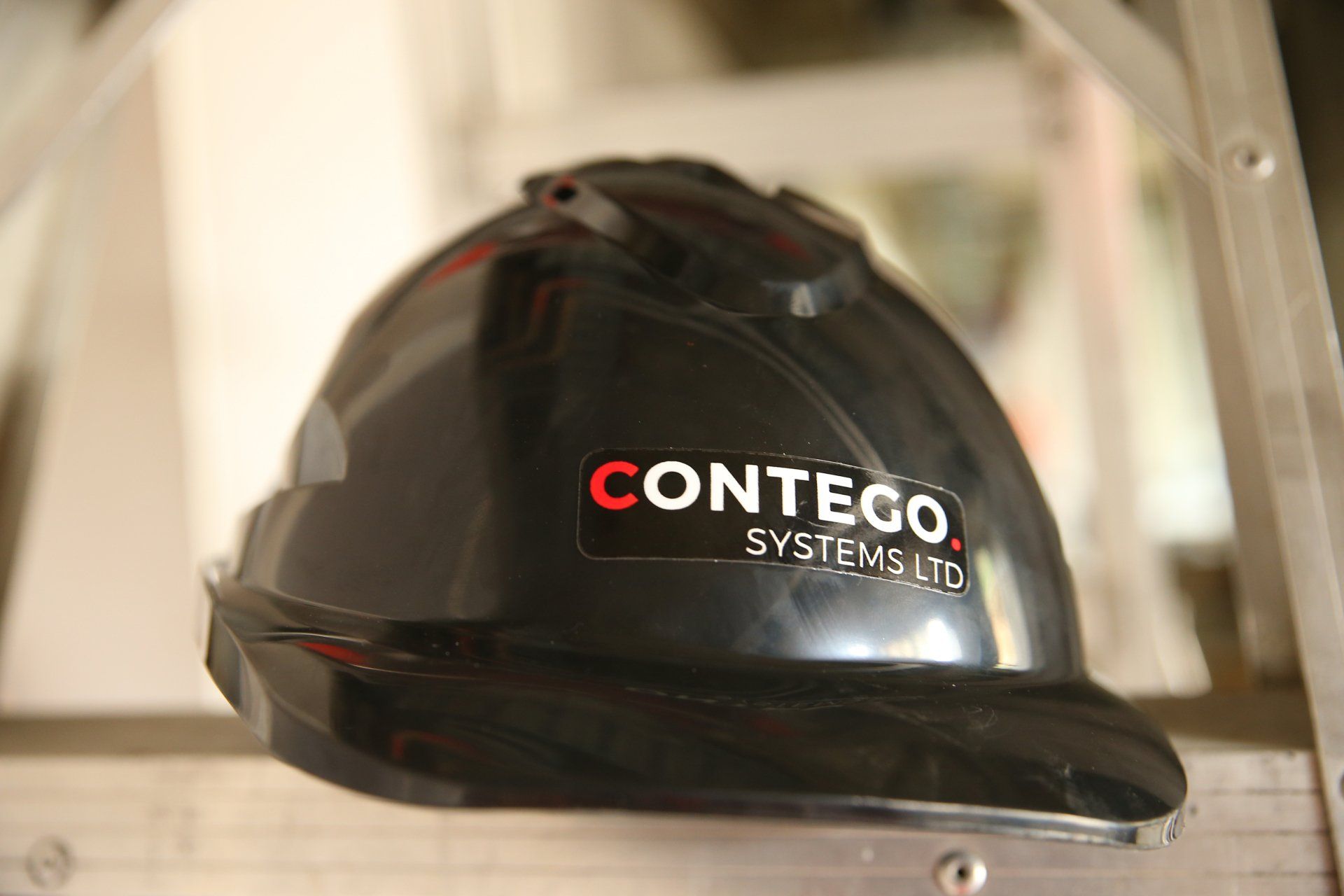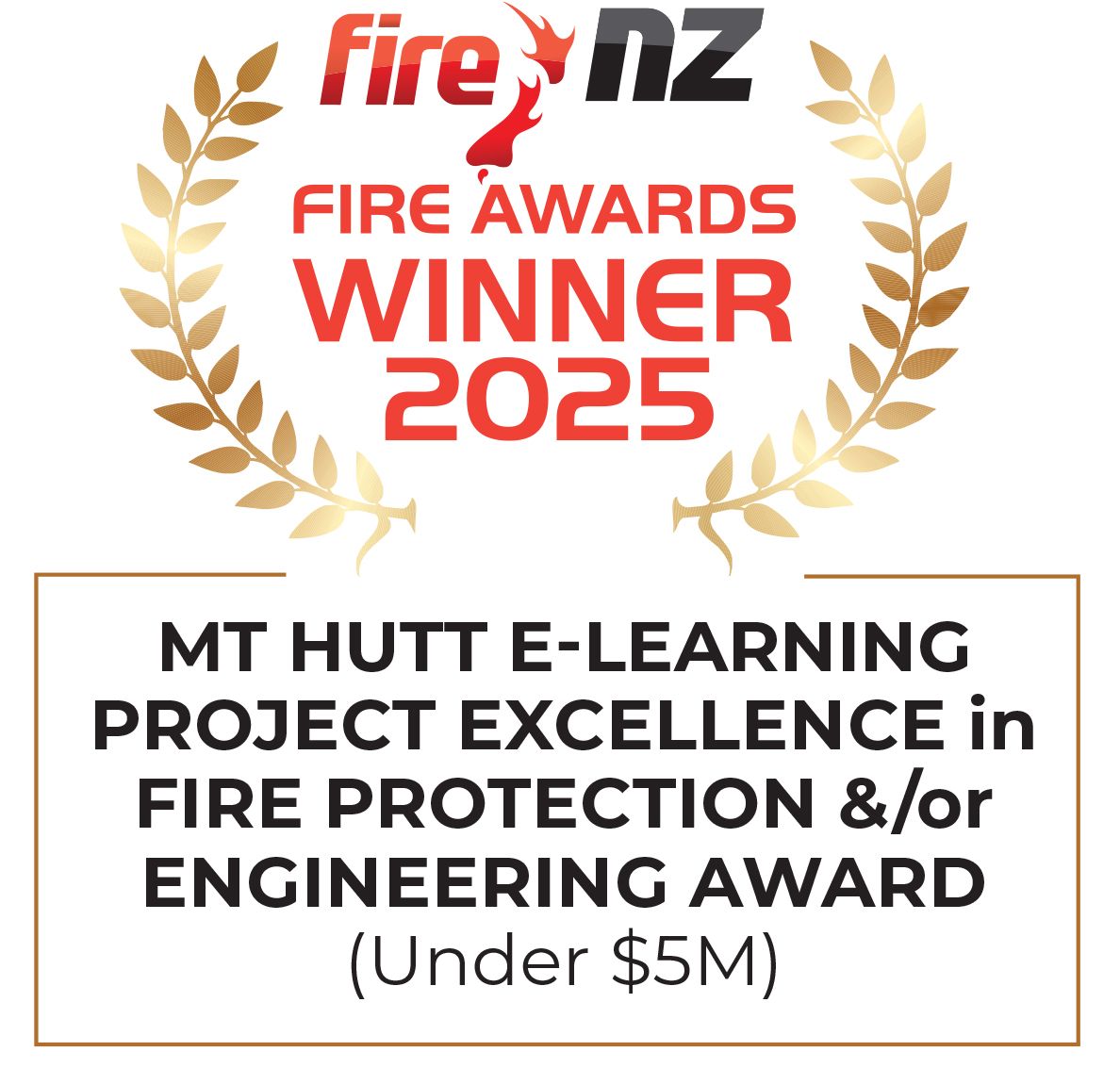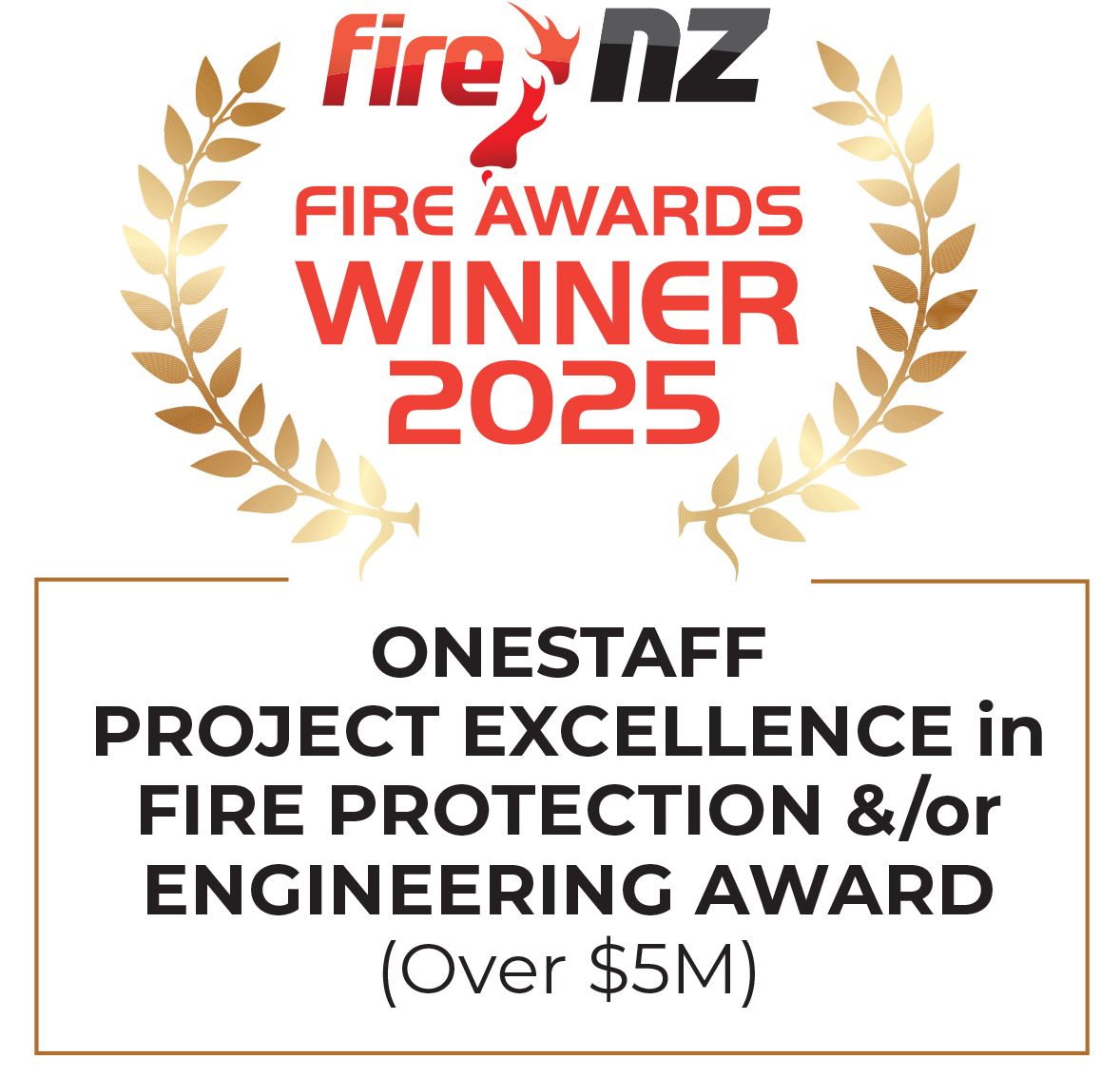Fire Tests – What goes on at the lab
Contego Systems Ltd • December 21, 2019
Fire Safety Engineering starts with the study the fire behavior of various materials.
Passive Fire products must undergo stringent testing to ensure they provide the performance required by the design. Not only is the product required to be tested but every single scenario this product is used in including the many variations possible such as pipe diameter. So where, who, & how are these tests completed.
AS1530 testing can be completed by any recognised lab with appropriate lab authorisation such as ILAC or NATA. There is an increasing number of these labs in Australasia which is proving very beneficial for the industry as we are now seeing more & more testing being completed by Manufacturers.
AS1530 is the series of test standards that stipulate exactly how a test must be completed for every type of scenario including temperatures, orientations, fixings, supports, reading locations & the like.
Tests are completed on ‘full scale’ test rigs with the substrate constructed & services run through & the proposed Passive Fire system installed. Then the exciting part starts with the burning of the test.
The furnace will undergo a controlled burn according to the test standard temp/ time curve chart.
Readings will be recorded throughout the test including thermocouple readings at set points across the specimen & visual recordings such as flame.
Recordings & data are then assessed by the Lab team & eventually a report issued with the labs verified fire rating achieved i.e -/60/60.
All different elements of passive fire have slightly different test protocol according to the relevant sub category including doors, dampers, penetrations, primary separations & cladding.
There is also Group rating & smoke flame index testing which is a different test arrangement.
Claddings are currently an area that is grey around the world. Various test standards are being applied in different parts of the world & NZ is yet to firm up which direction & test standard will be applicable moving forward for claddings.
Testing of Passive Fire products has traditionally been very expensive & time consuming & hence very little testing was done by manufacturers for a long time. However, now there is more & more test labs in Australasia & test bookings are more & more available. In 2019 Contego through a Manufacturer were able to facilitate a bespoke test detail within a 2 week window.
This level of testing moving forward means that the days are gone of people wetting their finger & guessing how Passive fire products will perform in scenarios. We are now in the world where hard evidence is known through extensive & thorough testing.
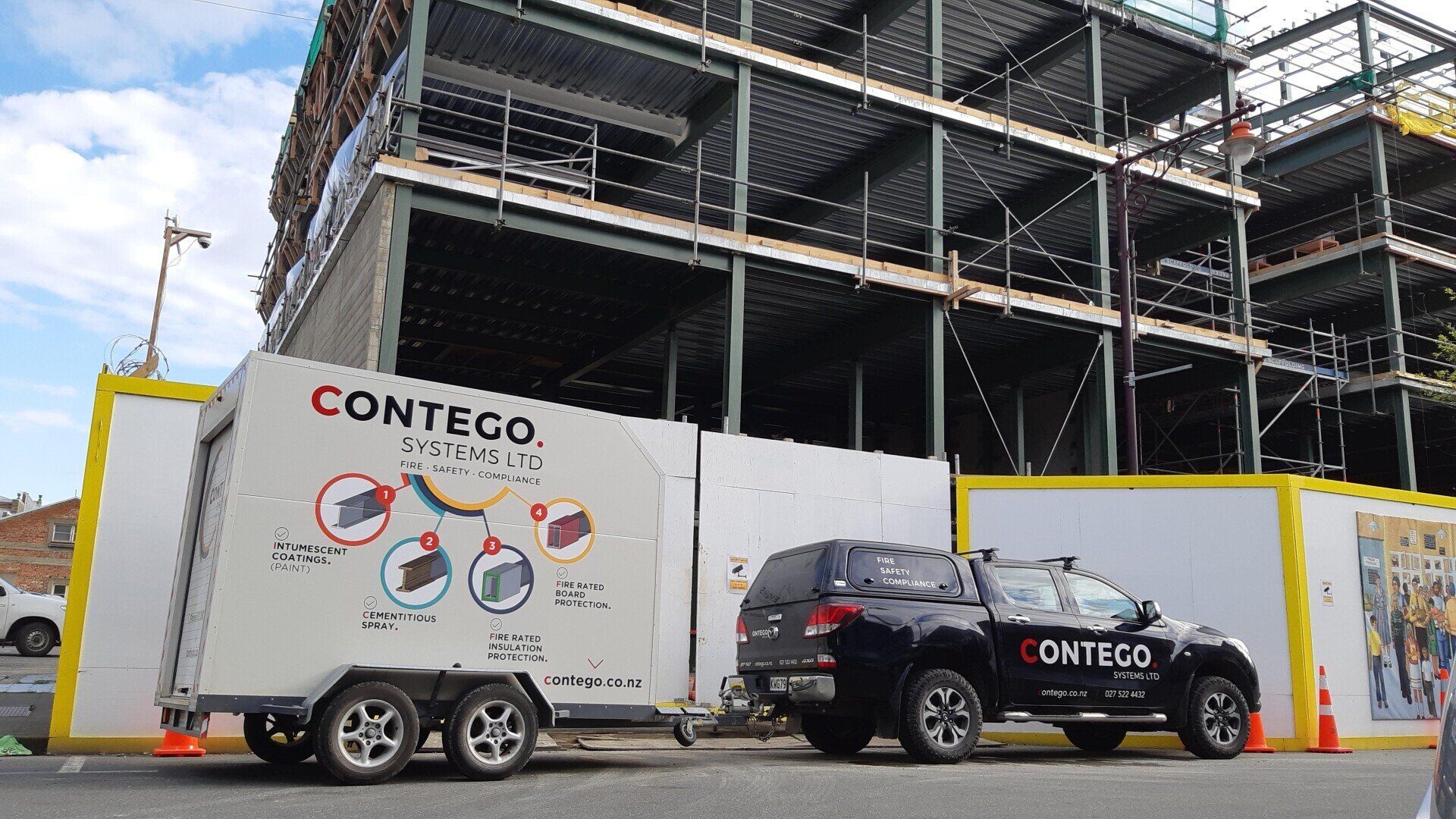
The Passive Fire Protection Intumescent Coating Code of Practice suggests that this should be a collaborative effort between all design consultants to ensure all aspects are considered. This way of thinking is no different to any other collaborative effort in designing a building whereby multiple consultants need to talk & collaborate on a solution.
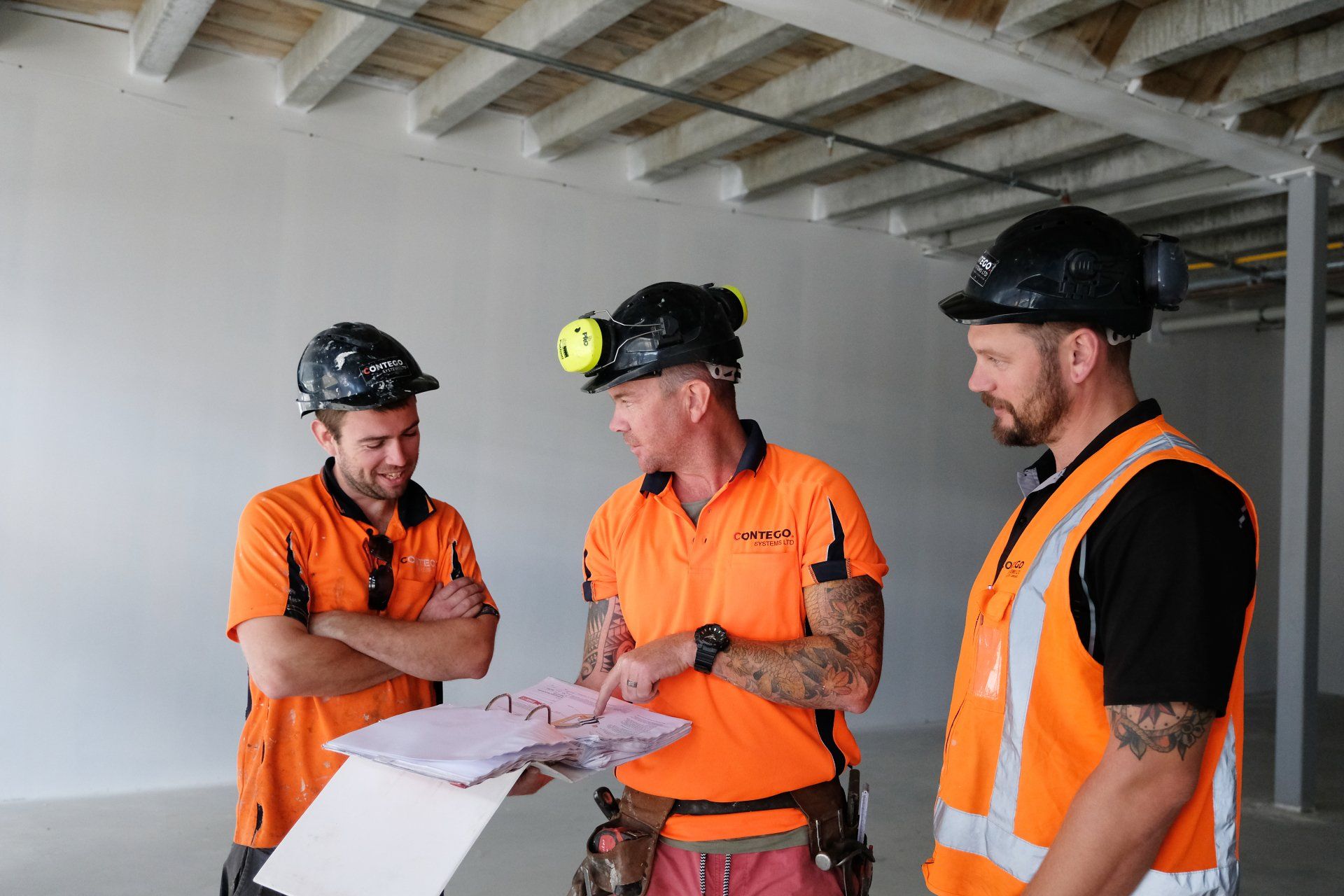
South Island passive fire protection contractor Contego today announced that it will continue its business expansion by opening a new base in the North Island in December 2021. Located in New Plymouth, the branch is expected to employ 10 persons over the next 24 months. The business currently employs 35 personnel between its bases across the South Island.
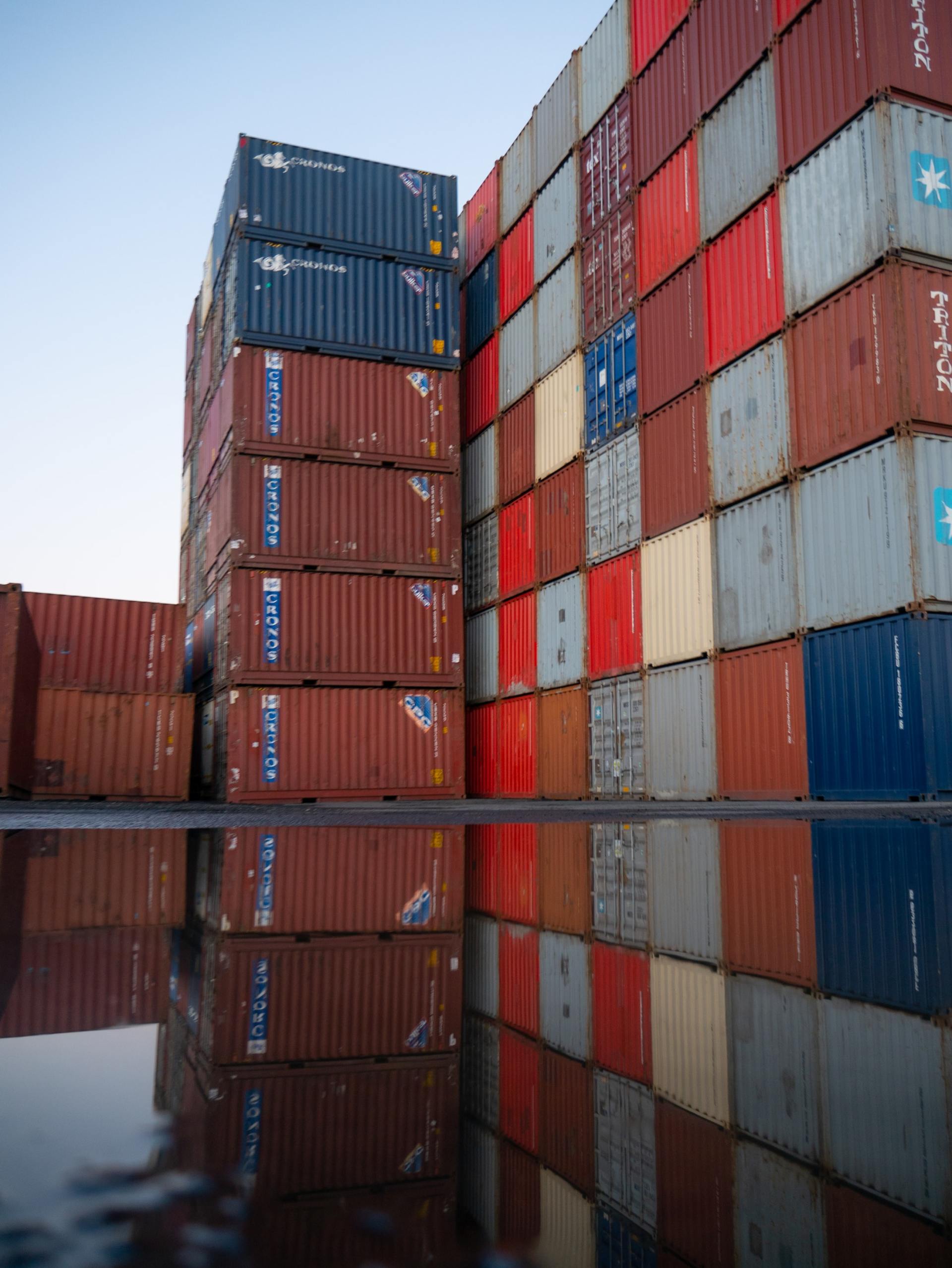
I’m sure I’m not the only one that is experiencing weekly headaches with freight delays and lead time materials. What was once available down the road, can now be a lengthy delay to get a hold of it. The feedback I am getting from suppliers and contractors is that the worst is not over, and we should be planning to deal with this for the remainder of this year.

With the current codes of practice and Passive products annual renewal being worked through the issue of Tested vs Assessed is constantly brought up in conversation. NZBC accepts the use of AS4072.1 Assessments as a way of showing compliance as an equal with a tested solution in accordance with AS1530.4.

